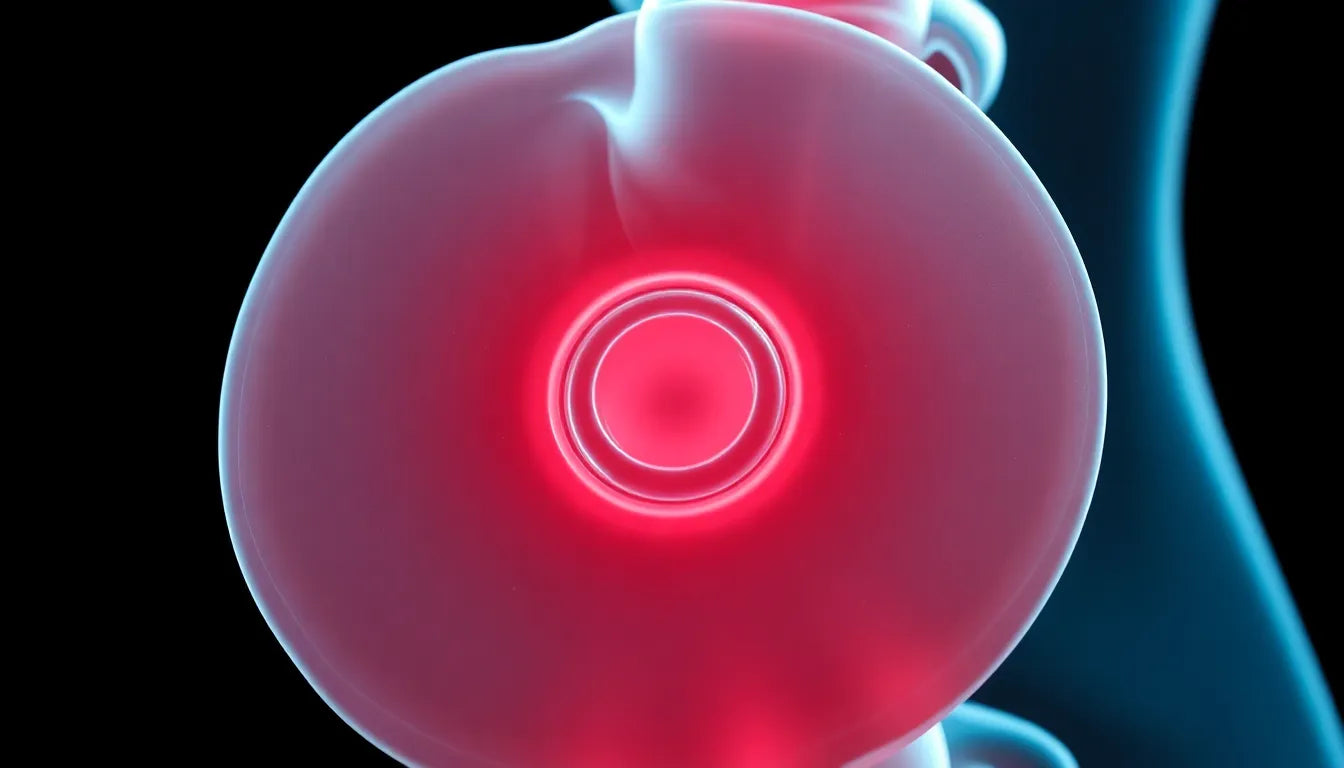Facing the prospect of herniated disc surgery can be daunting, yet it often becomes a necessary step for those grappling with persistent pain and mobility issues. A herniated disc occurs when the soft inner gel of a spinal disc pushes through a crack in the tougher exterior casing, often leading to discomfort, numbness, or weakness. Surgery might be recommended when non-surgical treatments fail to alleviate symptoms, offering a path to regain normalcy and alleviate pain.
understanding personal experiences
While medical expertise is crucial, personal experiences can be invaluable in navigating the journey of herniated disc surgery. These stories not only shed light on the practical aspects of the procedure but also provide emotional support and reassurance. By learning from those who have walked this path, individuals can approach their own journey with greater confidence and preparedness.
the power of personal triumphs
In the realm of physical challenges, personal triumphs serve as beacons of hope and resilience. They illustrate how individuals can overcome adversity, blending personal determination with medical intervention. This blog post aims to weave together personal narratives and medical insights, offering a holistic view of what it means to undergo herniated disc surgery. By doing so, it seeks to empower readers with knowledge and inspiration.
the emotional and practical journey
Navigating herniated disc surgery is not just a physical endeavor; it is equally an emotional journey. It requires a blend of emotional resilience and practical steps to emerge stronger on the other side. Many wonder, "What does it take to emerge stronger after herniated disc surgery?" The answer lies in understanding both the emotional and practical aspects of the process. This dual journey involves preparing mentally for the changes, managing expectations, and taking proactive steps in recovery and rehabilitation.
personal experiences with herniated disc surgery
Delving into real-life stories can provide invaluable insights for those contemplating or recovering from herniated disc surgery. One notable account is that of a wrestler from LuchaFit, who faced the daunting decision of surgery after a severe injury. This athlete's journey underscores the critical decision-making process involved in opting for surgery, highlighting the mental and physical hurdles encountered along the way. The wrestler's story is a testament to the resilience required to overcome such challenges, offering practical advice on preventing future injuries and maintaining a healthy lifestyle post-recovery.
Another compelling narrative comes from a television editor featured in a case study by Weill Cornell Medicine. This New Yorker's journey involved experiencing debilitating symptoms that necessitated surgical intervention. The story provides a detailed look at the surgical procedure, with insights from medical professionals on advanced techniques that ensure successful outcomes. The emphasis on mobility as a cornerstone of recovery and overall well-being is a key takeaway, illustrating the importance of movement in the healing process.
exploring surgical options and outcomes
Understanding the variety of surgical options available for herniated disc treatment is crucial for making informed decisions. Jerilyn's experience with cervical herniated disc surgery, shared by Medtronic, highlights the benefits of artificial disc replacement. This procedure has gained attention for its ability to maintain natural spine movement, contrasting with the more traditional discectomy approach. Jerilyn's positive outcomes and high satisfaction levels with the procedure underscore the potential advantages of this modern surgical option.
To provide a clearer understanding of the available choices, consider the differences between traditional discectomy and artificial disc replacement. A traditional discectomy involves removing the herniated portion of the disc, which can sometimes lead to a loss of flexibility in the spine. In contrast, artificial disc replacement aims to preserve motion and reduce the risk of additional stress on adjacent discs. Recovery times and expected outcomes can vary, with artificial disc replacement often offering a quicker return to normal activities.
| Surgical Option | Procedure | Recovery Time | Expected Outcome |
|---|---|---|---|
| Traditional Discectomy | Removal of herniated disc portion | Several weeks to months | Reduced pain, possible loss of flexibility |
| Artificial Disc Replacement | Replacement with artificial disc | Typically shorter recovery | Preservation of motion, reduced stress on spine |
The decision between these surgical options should be made in consultation with medical professionals, considering individual circumstances and health goals. Each patient's journey is unique, and understanding the potential benefits and limitations of each procedure is essential for achieving the best possible outcome.
Recovery and long-term management
Successfully navigating recovery after herniated disc surgery is crucial to reclaiming a pain-free and active lifestyle. Central to this process is physical therapy, which aids in restoring mobility and strengthening the muscles supporting the spine. Consistent follow-up care with healthcare professionals ensures that recovery is on track and any complications are promptly addressed.
Adopting lifestyle changes can significantly support long-term spinal health. Incorporating regular exercise, maintaining a healthy weight, and practicing good posture are vital strategies to prevent future disc issues. Engaging in low-impact activities such as swimming or walking can enhance spinal flexibility without undue stress.
Managing pain post-surgery is often a concern for patients. Utilizing prescribed pain management techniques, including medication, heat therapy, and gentle stretching, can alleviate discomfort. It's essential to communicate with healthcare providers about any persistent pain to adjust treatment plans accordingly.
Concluding thoughts: triumph through knowledge and support
Emerging stronger from herniated disc surgery is a journey that combines personal resilience with informed decision-making. Being well-informed about the surgical process, recovery, and preventive strategies empowers individuals to take control of their health. Equally important is the support from medical professionals, family, and community, which can provide encouragement and practical assistance.
As you navigate this journey, remember that you are not alone. Many have walked this path and emerged with renewed strength and confidence. Seek out information, ask questions, and connect with others who can share their experiences and insights.
Frequently asked questions
What are the common symptoms indicating the need for herniated disc surgery?
Common symptoms that may indicate the need for herniated disc surgery include severe and persistent back pain, numbness or tingling in the limbs, and significant mobility issues. If these symptoms do not improve with non-surgical treatments, surgery might be recommended to alleviate discomfort and restore function.
How long does recovery typically take after herniated disc surgery?
Recovery time after herniated disc surgery can vary depending on the type of procedure and individual health factors. Generally, patients can expect a recovery period ranging from a few weeks to several months. Factors such as adherence to physical therapy and overall health can influence the speed of recovery.
What are the risks associated with herniated disc surgery?
As with any surgical procedure, herniated disc surgery carries potential risks, including infection, nerve damage, and complications related to anesthesia. However, these risks are generally low, and surgeons take precautions to minimize them. Discussing potential risks with your surgeon can help you make an informed decision.
How can I prevent future herniated discs after surgery?
Preventing future herniated discs involves maintaining a healthy lifestyle with regular exercise, proper posture, and weight management. Engaging in core-strengthening exercises can support the spine, while avoiding heavy lifting and practicing safe lifting techniques can reduce the risk of re-injury.


















